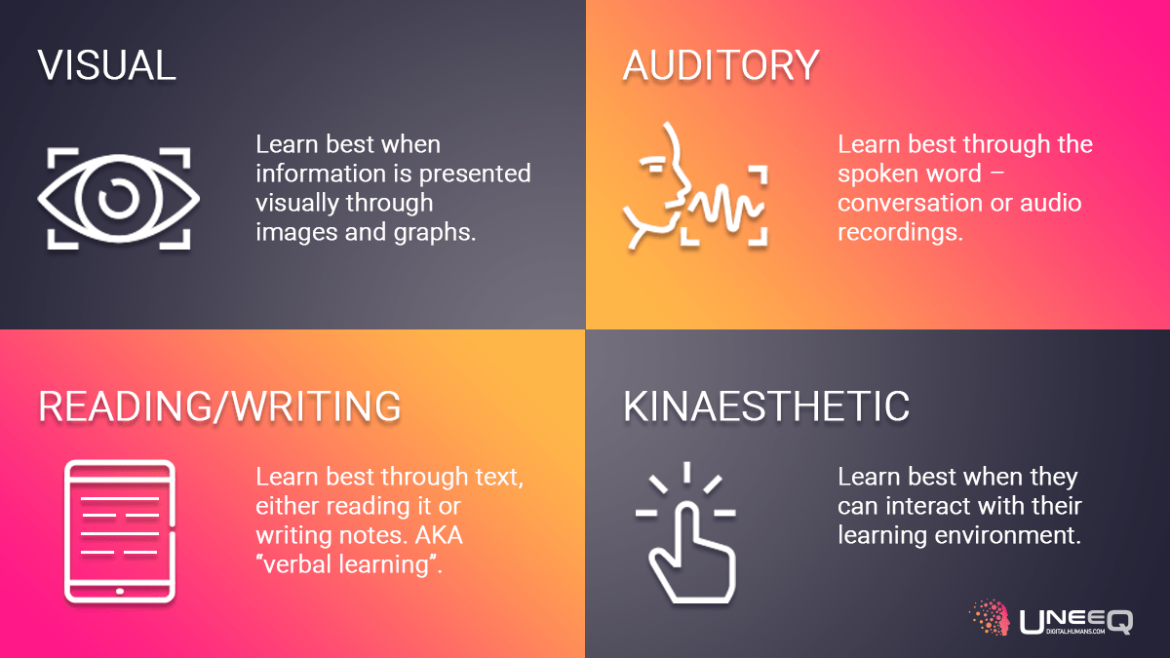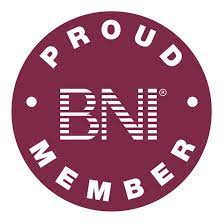In any classroom setting, teachers encounter students with different learning styles. Understanding these styles is essential for teachers to adapt their teaching strategies to cater to the diverse learning needs of their students. In Indian schools, it is particularly important to recognize and accommodate different learning styles due to the country’s vast cultural, social, and economic diversity.
The three primary learning styles are visual, auditory, and kinesthetic. Visual learners process information best through pictures, diagrams, charts, and videos. Auditory learners prefer to listen and learn through lectures, discussions, and audio materials. Kinesthetic learners learn best through hands-on activities, such as experiments, role-playing, and other physical activities.
To cater to visual learners, teachers can incorporate visual aids, such as PowerPoint presentations, infographics, and other graphic organizers, into their lessons. These materials help students visualize the information and enhance their understanding. For instance, when teaching math, teachers can use diagrams and charts to help visual learners understand concepts better.
Auditory learners, on the other hand, thrive in discussions and lectures. Teachers can incorporate group discussions and debates to allow students to express their opinions and engage in critical thinking. Teachers can also use audio recordings to help auditory learners learn and remember information. For instance, when teaching history, teachers can play audio recordings of historical speeches or debates to help students understand the context.
Kinesthetic learners need hands-on experiences to learn effectively. Teachers can incorporate physical activities, experiments, and role-playing into their lessons. These activities allow kinesthetic learners to engage with the material actively and enhance their understanding. For instance, when teaching science, teachers can organize experiments to help kinesthetic learners understand scientific concepts.
It is also essential to recognize that students may have a combination of learning styles. Therefore, teachers should try to incorporate different teaching strategies in their lessons to cater to the different learning needs of their students.
Another important aspect to consider is the cultural background of students. India is a diverse country with multiple cultural and linguistic backgrounds. Teachers should recognize and accommodate the diverse learning styles and cultural differences of their students. Teachers can use cultural examples and case studies to make lessons more relatable and engaging for their students. For instance, when teaching history, teachers can use local historical events and figures to help students understand the context better.
In conclusion, understanding different learning styles and adapting teaching strategies is essential in Indian schools. Teachers must recognize the diverse learning needs of their students and use different teaching methods to cater to these needs. By doing so, teachers can create a more inclusive and engaging learning environment for all their students.










